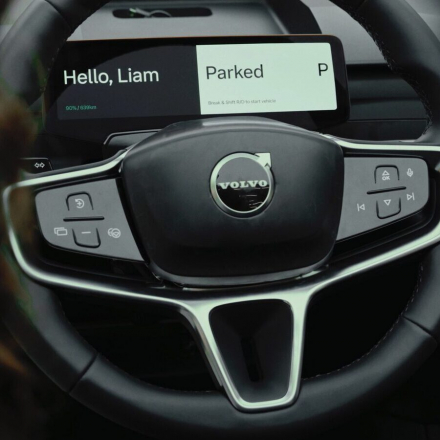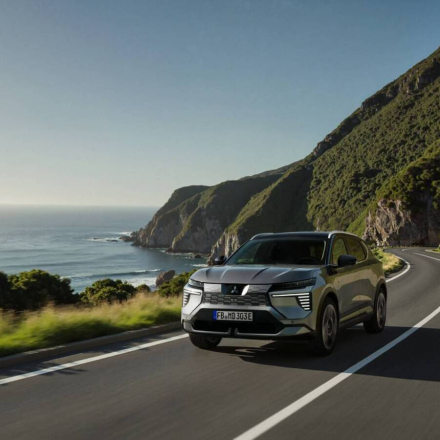At first glance, the question of why people drive on different sides of the road in various parts of the world might seem odd, but its history is full of unexpected twists and interesting facts. Today, approximately 66% of the world’s population drives on the right side of the road, while 34% drive on the left. But why couldn’t we agree on which side to drive on?
Historically, the roots of left-hand traffic are not clear in ancient civilizations like Ancient Greece or Assyria. However, there are early examples among the Romans. In 1998, archaeologists discovered a Roman quarry where the left track was significantly more worn than the right one. Additionally, a Roman denarius dated to 50 BC depicts riders moving to the left.
As vehicles evolved and the need to carry weapons during travel diminished, people began to switch to right-hand driving. The primary reasons for this transition are related to horse handling and the fact that most people are right-handed. On narrow roads, it was easier to guide a carriage to the right using the stronger right hand to pull the reins and control the horses.
In Europe, the first law regulating the side of traffic was the English law of 1756, which mandated that traffic on London Bridge should be on the left side. Twenty years later, the "Road Act" was enacted in England, establishing left-hand traffic on all roads in the country. The English have their own theory: driving on the left allowed right-handed coachmen to avoid accidentally hitting pedestrians with their whips.
Many historians link the division of traffic sides to the methods used by horse riders, but this logic is not always clear since riders were not the majority of the population. For pedestrians carrying loads, it was more convenient to move right: sacks were carried on the right shoulder, and pack animals were easier to manage with the right hand closer to the roadside. Single-horse carriages and carriages with the driver’s seat at the front were more practical on the right, while multi-horse carriages were more suited to the left.
The United Kingdom is considered the main proponent of left-hand driving. By implementing it, the UK influenced many countries, including numerous colonies and dependent territories. In Japan, left-hand driving has ancient roots as well, dating back to the samurai era when warriors preferred the left side of the road to avoid accidentally cutting passersby with their katana swords.
Right-hand driving, on the other hand, is associated with France. In 1789, during the French Revolution, a decree mandated right-hand driving. Later, Napoleon solidified this rule by ordering the military to stick to the right side, ensuring that anyone encountering French troops would yield. A clever strategy!
Thus, while many countries today have chosen one side of the road, historical and practical reasons explain why traffic regulations are so diverse worldwide.


















